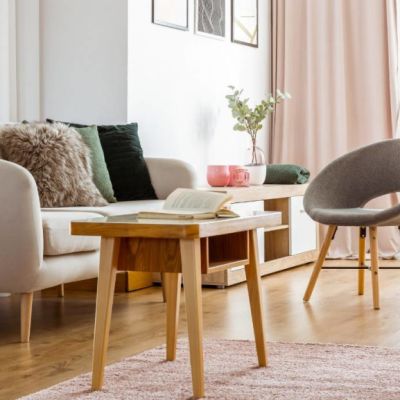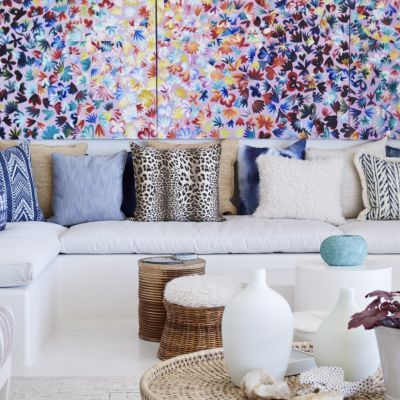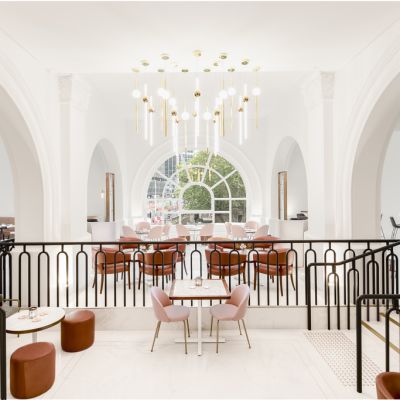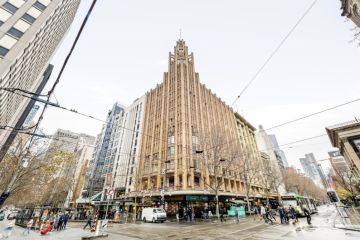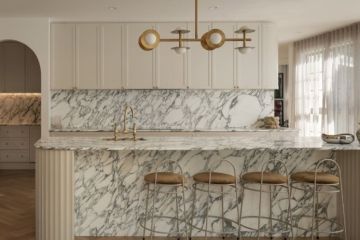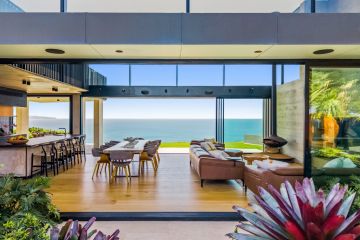'They look quite dated': The kitchen design trend we've turned our back on in 2019
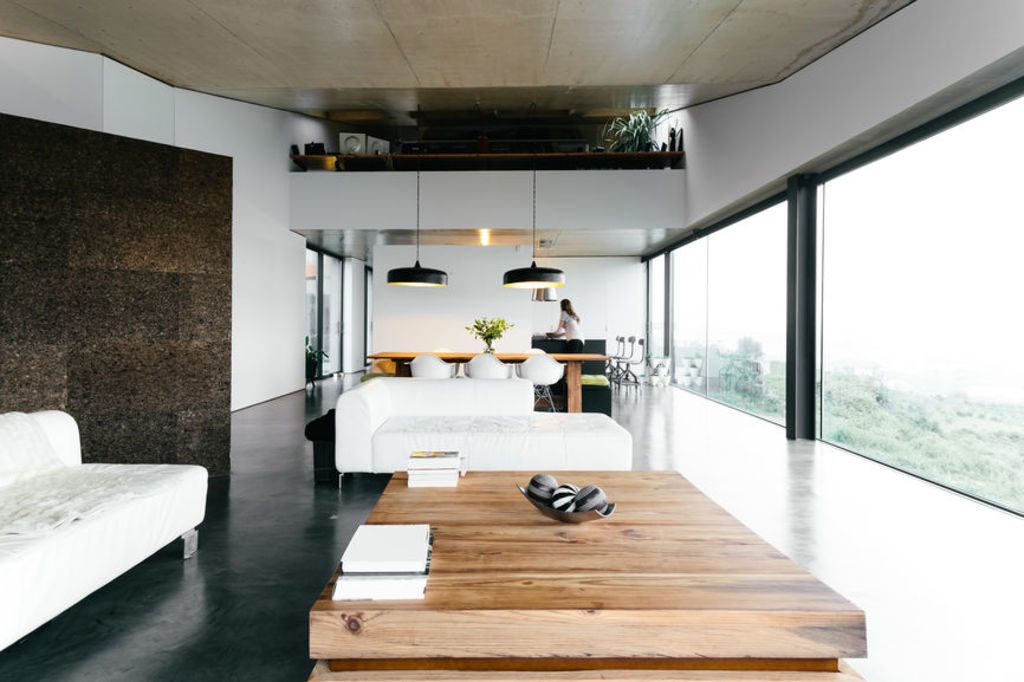
Kitchen designers are always working six months to a year ahead, which means they’re the first to know about changes in trends and products. And while changes never happen overnight, there are strong moves that will be consolidated over the next few months.
One of these, which has already started happening, is the disappearance of the all-white kitchen.
As award-winning designer Melanie Craig of Melanie Craig Design says: “We’ve closed the door on pure white kitchens. They will start to look quite dated.”
So what’s replacing these? Timber and bold colour. “We are seeing colour coming through in upholstery on bar stools and also colourful splashbacks and walls. These are mainly primary colours – deep blues and forest greens, not pastel shades.
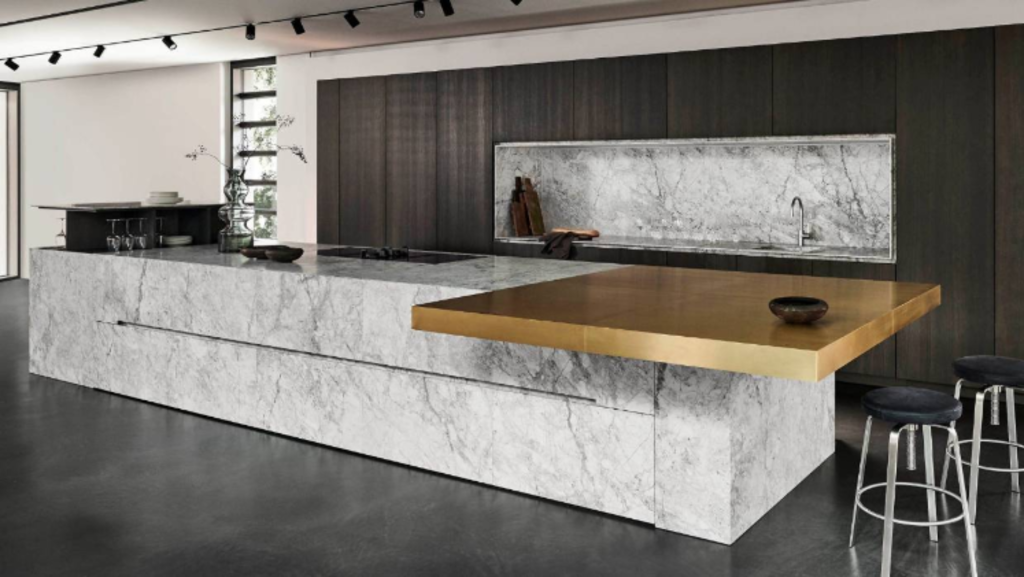
“Even natural timbers are getting the colour treatment, with green or blue hues washed over the wood. They look fantastic.”
And black is still in demand, especially when teamed with natural timbers.
Damian Hannah of German Kitchens agrees: “The dark colour palettes will remain strong this year with even more emphasis on matt natural finishes, timbers and industrial tones.”
But Hannah is also seeing a demand for bespoke glass-walled pantries, with climate-controlled larders and accessible ingredients. And increasingly, workstations are integrated into the cabinetry.
Clever, concealed storage is another key trend. Designer Shane George of Kitchens By Design likes to create “hidden” service areas, such as breakfast stations and bars, and integrates these into his designs, where appropriate.
“Hiding these areas behind foldaway doors gives the whole space a clean look,” he says. “They’re not only very practical, but also a bit of fun for the client when they first show their friends. I also like to make the interiors a contrasting colour or texture to the exterior – this adds to the surprise.”
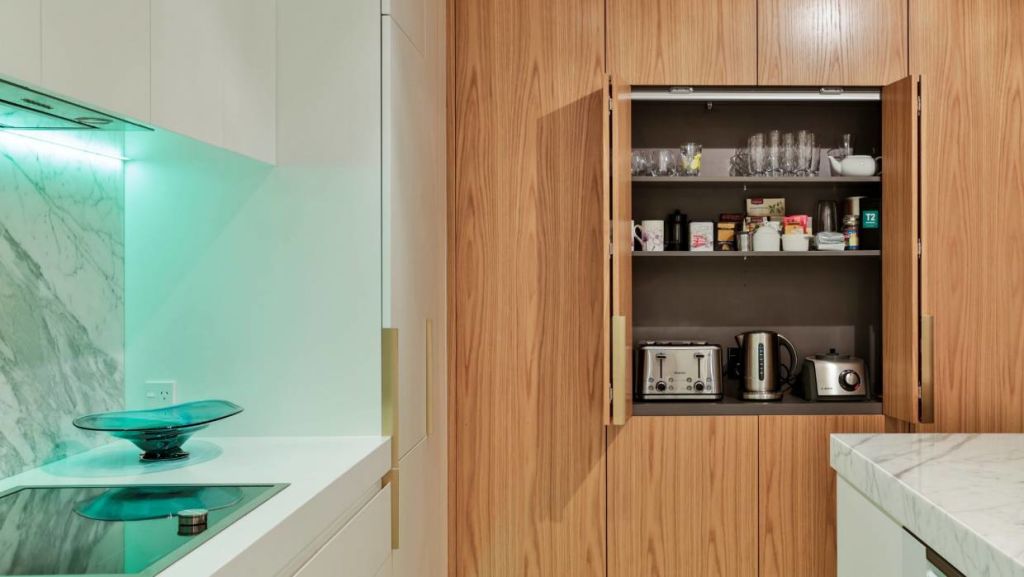
Craig says accessibility is a priority for storage, and systems such as the Blum Space Tower (pull-out pantry) maximise space. “We can fit all the items you might find in a 1200mm-wide pantry into a 500mm-wide Space Tower.”
Hannah even talks about hiding the pantry, wine storage and even ovens behind bi-folding cavity sliders and pocket doors. He also says we are now seeing (or not seeing) cooktops hidden under sliding benchtops.
But the semi-industrial look shows no sign of disappearing. Designers Sean Monk and Michelle Gillbanks, also from Kitchens by Design, are using custom steel tubing to create frames and on walls and benchtops, and even to support larger elements, such as extractor units.
Look for different timbers, too. Jane Fergusson from the same company says timber is popular because it is inviting to touch. “Be sure to choose your material from a sustainable source, though. A great choice is bamboo – it’s hard and durable, and its colour and texture give quite a different look to other wood.”

There is also a demand for extra-large ceramic slabs that resemble marble or concrete. These are used to cover entire walls, in place of low splashbacks.
Tapware is the new jewel in the kitchen. “We are moving away from chrome and black as we see a lot of precious metals, such as pewter, gunmetal and brass, which add a bit of richness to the kitchen,” says Craig. “They are not as harsh, and they help to bounce the light in a room, so they really do stand out like jewels.”
Hannah says we can expect these metals to show up elsewhere in the kitchen as well.
And what about appliances? We have already seen the rise of smart refrigerators with wi-fi capabilities. Manufacturers are also making practical changes, which include offering different temperature zones throughout the fridge, and also improving visibility, so you can see more items at a glance.
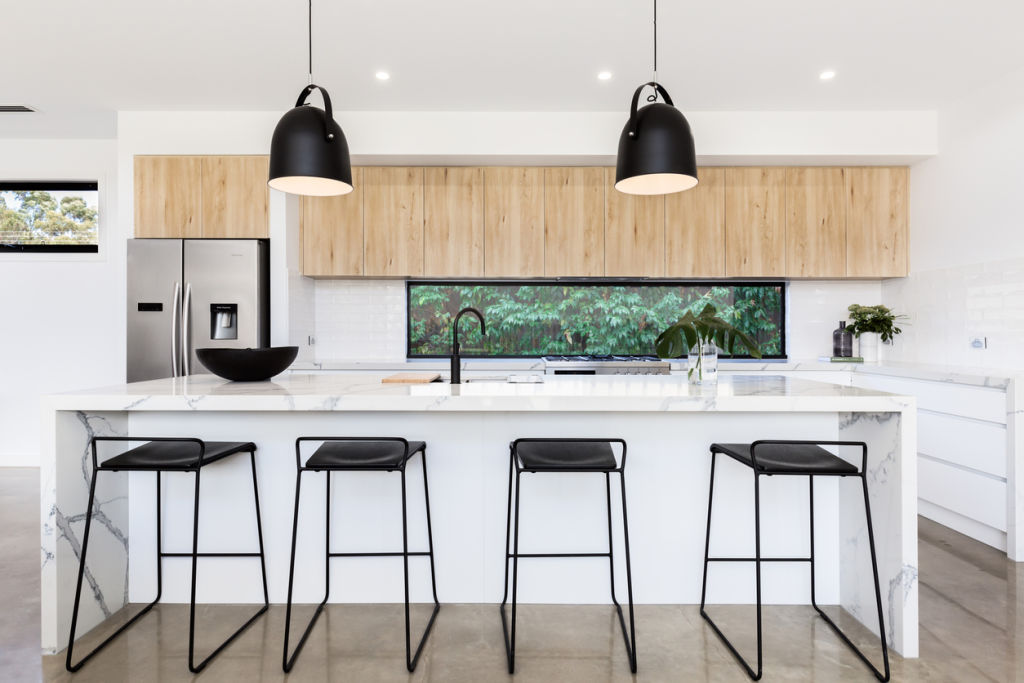
“Technology is going to take a massive leap, with wi-fi now driving appliance design,” notes Craig.
The designer says steam cleaners in the kitchen are the next big thing. “You can have a slot in the bench that cleans a knife or a chopping board in seconds. You put a knife in dirty and it comes out sterilised and not blunt.”
Charging docs for phones are de rigueur, and they are invisible to the eye – just lie the phone down on a corner of the bench and it automatically recharges.
Another trends Craig is anticipating is a move towards more intimate dining spaces. “People between the ages of 25 and 45 have grown up with kitchen islands and casual dining, and they are going to be looking for this change,” she says.
While the concept of open-plan living remains, we are already starting to see more “broken-plan” living spaces, such as L-shaped and split-level areas that give a degree of intimacy while still providing an easy connection between family members.
And look out for banquette seating, a mid-century modern reprieve – it’s everywhere, just as it was in the 1950s.
Expect to see fewer:
Pure white kitchens
Glossy surfaces
Microwave ovens
Old-style freestanding floor stoves
Gas cooktops (induction rules)
- This article originally appeared on stuff.co.nz
We recommend
States
Capital Cities
Capital Cities - Rentals
Popular Areas
Allhomes
More
